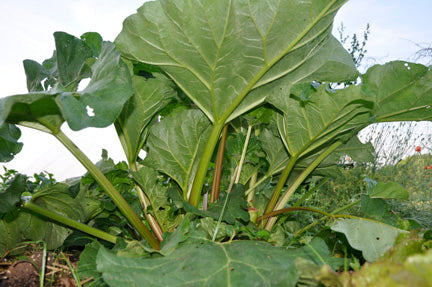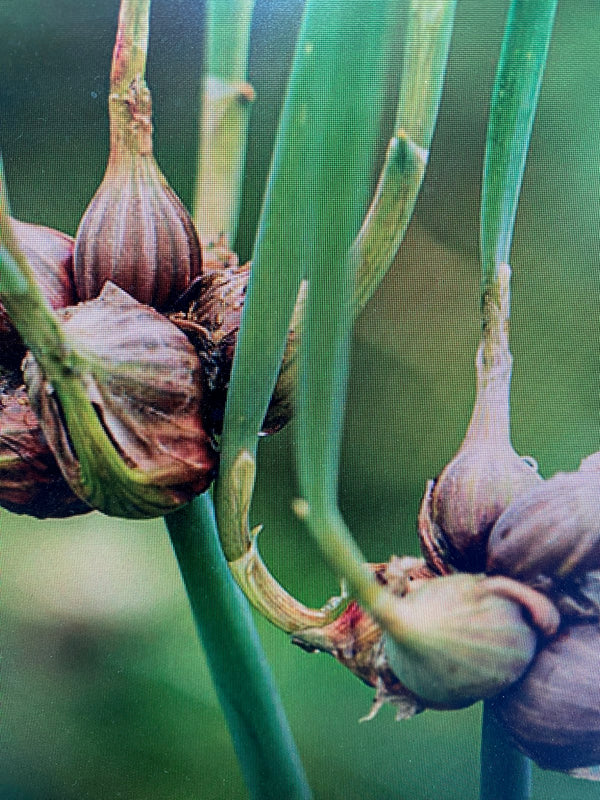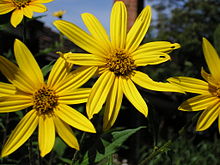
Rheum rhaponticum
Seed grown Victoria has large green stalks, stained red. Extremely heavy producer. Space 2' - 3' circle. It is a perennial large leaved plant, pretty in its season. Good for borders or vegetable garden beds. In our area try cutting seed stalk before it shoots up in early spring. This will give a larger spring harvest. Zones 3-9.
| Plant Characteristics | |
|---|---|
| Pest Resistance | Excellent |
| Disease Resistance | Excellent |
| Drought Tolerance | Good |
| Heat Tolerance | Good |
| Humidity Tolerance | Very Good |
| Sun Tolerance | Good |
| Wet Soil Tolerance | Poor |
| Shade Tolerance | Fair |
| No Spray | Excellent |
| Deer Resistance | Excellent |
| Thorns | No |
| Soil Type | Fertile |
| Edible Type | Stalk |
| Self Fertile | Yes |
| This information is accurate to the best of our knowledge, comments/opinions are always welcome | |
Rhubarb Care Guide
Rhubarb will give you the best quality, for the longest time if you choose its planting spot carefully. Rhubarb like very fertile, well-drained soil--like a spot of sandy loam on a slope. Don't go planting it in heavy clay in a wet area!
The plants will grow to become about 2' high and about 4' acrossr hubarb, with its striking red stalks and "elephant ear" leaves, can hold its own among your ornamental if your vegetable patch is already overcrowded.)
You can harvest the stalks that will begin to emerge in spring as soon as they are the width of a finger or so but don't pluck more than a couple staks from each plant the first year. Harvest your rhubarb by carefully cutting the stems away from the crown of the plant with a knife, or by pulling the stems gently while twisting them slightly.
Trim off and discard the bottoms and the leafy green tops. Never eat rhubarb leaves! Once a plant is established you can pick as many stems as you want. If your rhubarb sends up seed staks, which look like large attractive plumes, cut the off to conserve the plant's stalk-producing energy.
Don't get the idea that this unique pie-filling provider is a spring-only treat. Regular harvesting and adequate water will keep your rhubarb stems crisp and succulent all summer long! if you don't harvest for a while, however, the old stalks will become dry and corky, but you can rejuvenate your rhubarb patch by removing all the top growth, watering the plant well and letting it re-grow. The new stalks that emerge will be yourn and tender, and your plant will provide a complete second harvest that same season! And when cooler temperatures and more rain arrive in the fall, "rhubarb can really be in its prime".
Like other perennials, rhubarb will benefit from being dug up and divided every 10 years or so. When the crown gets larger than a dinner plate, and the stalks in the middle start to get real small and spindly, the plant is getting crowded and needs more room. The ideal time for renovating your rhubarb is early in the spring-before those shoots begin to pop out of the ground. Dig down ound the crown 6 to 8" deep and cut off the side roots. With a large knife, machete or an axe, follow the natural cleavage of the plant and cut the crown into chunks about the size of your fist, making sure they have one dig growing bud each.
Leave about one-third of the crown in place, and give away your new plants or find a new home for them in your landscape!
Related Product
FROM_JS
jsprice
jsprice
FROM_JS
FROM_JS
Add to cart
Added
Limit Products
Wait..
Translation missing: en.general.search.loading
x






